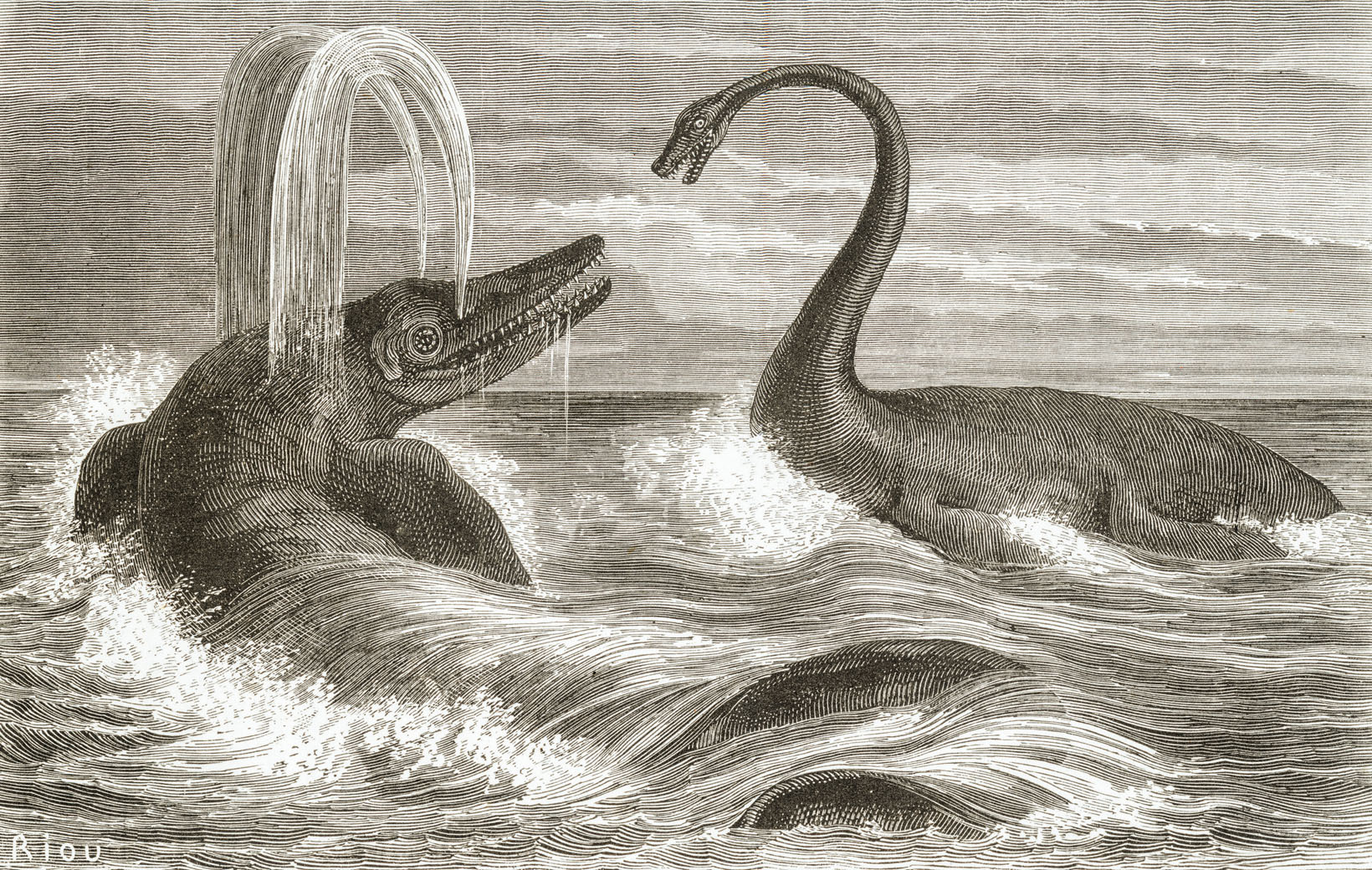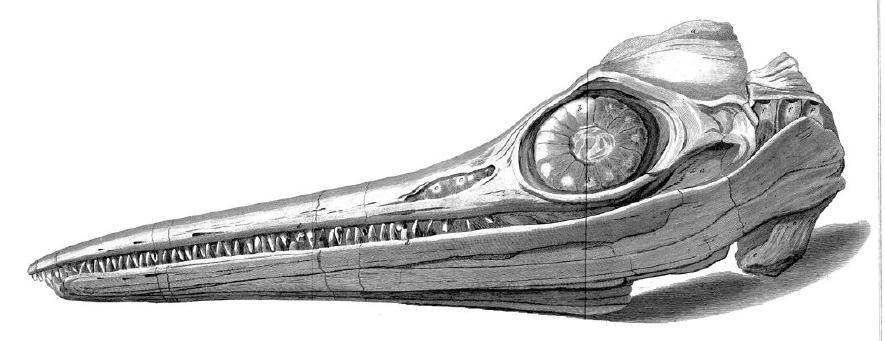|
Janusaurus
''Janusaurus'' is an extinct genus of ophthalmosaurid ichthyosaur from the Upper Jurassic Slottsmøya Member, Agardhfjellet Formation of Central Spitsbergen. The holotype consists of a partial skull and postcrania, and would have belonged to an individual measuring long and weighing . In 2019, ''Janusaurus'' was synonymized with '' Arthropterygius'', though maintained as a separate species, by Nikolay Zverkov and Natalya Prilepskaya, although this synonymy was objected to later that same year by Lene Delsett and colleagues, who maintained that they were sufficiently different to warrant separate genera. Gallery Janusaurus lundi.png, Restored skull A-New-Upper-Jurassic-Ophthalmosaurid-Ichthyosaur-from-the-Slottsmøya-Member-Agardhfjellet-Formation-pone.0103152.s006.ogv, Video presentation Keilhauia-1.png, Map of fossil locality See also * List of ichthyosaurs * Timeline of ichthyosaur research This timeline of ichthyosaur research is a chronological listing of events i ... [...More Info...] [...Related Items...] OR: [Wikipedia] [Google] [Baidu] |
Arthropterygius
''Arthropterygius'' is a widespread genus of ophthalmosaurid ichthyosaur which existed in Canada, Norway, Russia, and Argentina from the late Jurassic period and possibly to the earliest Cretaceous. Description ''Arthropterygius'' appears to have been a relatively large ichthyosaur, with all species measuring between long. The partially preserved specimen PMO 222.655 has been estimated at based on comparisons to the contemporary ophthalmosaurid '' Undorosaurus''. This specimen was probably mature or close to maturity at time of death, judging by the convex head of the humerus and the smooth texture of the humeral shaft. Skull and axial skeleton The skull of ''Arthropterygius'' has become well known due to the discovery of a well preserved skull from Svalbard. It is unusual among ichthyosaurs in having a very short, yet also robust rostrum for its skull length. As a result, the orbit appears very large (about 0.34× the skull length). The skull bears a very large pineal for ... [...More Info...] [...Related Items...] OR: [Wikipedia] [Google] [Baidu] |
Agardhfjellet Formation
The Agardhfjellet Formation is a geologic formation in Svalbard, Norway. It preserves fossils dating back to the Oxfordian to Berriasian stages, spanning the Late Jurassic-Early Cretaceous boundary. The formation contains the Slottsmøya Member, a highly fossiliferous unit (Lagerstätte) where many ichthyosaur and plesiosaur fossils have been found, as well as abundant and well preserved fossils of invertebrates.Delsett et al., 2019, p.741Agardhfjellet Formation at .org Description The formation overlies the K ...[...More Info...] [...Related Items...] OR: [Wikipedia] [Google] [Baidu] |
List Of Ichthyosaurs
This list of ichthyosaurs is a comprehensive listing of all genera that have ever been included in the order Ichthyosauria or the parent clade Ichthyopterygia, excluding purely vernacular terms. The list includes all commonly accepted genera, but also genera that are now considered invalid, doubtful (''nomen dubium''), or were not formally published (''nomen nudum''), as well as junior synonyms of more established names, and genera that are no longer considered ichthyopterygian. Non-ichthyosaur ichthyopterygians shall be noted as such. This list contains 108 genera. Scope and terminology There is no official, canonical list of ichthyosaur genera but one of the most thorough attempts can be found at the "Ichthyosauromorpha" section of Mikko Haaramo's Phylogeny Archive. Naming conventions and terminology follow the International Code of Zoological Nomenclature. Technical terms used include: * Junior synonym: A name which describes the same taxon as a previously published name. If ... [...More Info...] [...Related Items...] OR: [Wikipedia] [Google] [Baidu] |
Ichthyosauria
Ichthyosaurs (Ancient Greek for "fish lizard" – and ) are large extinct marine reptiles. Ichthyosaurs belong to the order known as Ichthyosauria or Ichthyopterygia ('fish flippers' – a designation introduced by Sir Richard Owen in 1842, although the term is now used more for the parent clade of the Ichthyosauria). Ichthyosaurs thrived during much of the Mesozoic era; based on fossil evidence, they first appeared around 250 million years ago ( Ma) and at least one species survived until about 90 million years ago, into the Late Cretaceous. During the Early Triassic epoch, ichthyosaurs and other ichthyosauromorphs evolved from a group of unidentified land reptiles that returned to the sea, in a development similar to how the mammalian land-dwelling ancestors of modern-day dolphins and whales returned to the sea millions of years later, which they gradually came to resemble in a case of convergent evolution. Ichthyosaurs were particularly abundant in the Late Triassic ... [...More Info...] [...Related Items...] OR: [Wikipedia] [Google] [Baidu] |
Ophthalmosaurinae
Ophthalmosaurinae is an extinct subfamily of ophthalmosaurid thunnosaur ichthyosaurs from the Middle Jurassic to the late Early Cretaceous (Bajocian - Albian) of Europe, North America and South America. Currently, the oldest and the basalmost known ophthalmosaurine is '' Mollesaurus'' from the early Bajocian of Argentina. Ophthalmosaurines were characterized by a large extracondylar area of the basioccipital in the form of a thick and concave peripheral band, posterodistally deflected ulnar facet of the humerus, large ulna with concave and edgy posterior surface and ischiopubis with obturator foramen. Phylogeny Ophthalmosaurinae was named in 1887 by George H. Baur. It is a stem-based taxon defined phylogenetically for the first time by Fischer ''et al.'' (2012) as "all taxa closer to '' Ophthalmosaurus icenicus'' than to ''Platypterygius hercynicus''". The cladogram A cladogram (from Greek ''clados'' "branch" and ''gramma'' "character") is a diagram used in cladistic ... [...More Info...] [...Related Items...] OR: [Wikipedia] [Google] [Baidu] |
Timeline Of Ichthyosaur Research
This timeline of ichthyosaur research is a chronological listing of events in the history of paleontology focused on the ichthyosauromorphs, a group of secondarily aquatic marine reptiles whose later members superficially resembled dolphins, sharks, or swordfish. Scientists have documented ichthyosaur fossils at least as far back as the late 17th century. At that time, a scholar named Edward Lhwyd published a book on British fossils that misattributed some ichthyosaur vertebrae to actual fishes; their true nature was not recognized until the 19th century. In 1811, a boy named Joseph Anning discovered the first ichthyosaur fossils that would come to be scientifically recognized as such. His sister Mary would later find the rest of its skeleton and would go on to become a respected fossil collector and paleontologist in her own right. Early researchers recognized ichthyosaurs as marine reptiles, but major aspects of their anatomy and behavior needed to be resolved. They we ... [...More Info...] [...Related Items...] OR: [Wikipedia] [Google] [Baidu] |
Ichthyosaur
Ichthyosaurs (Ancient Greek for "fish lizard" – and ) are large extinct marine reptiles. Ichthyosaurs belong to the order known as Ichthyosauria or Ichthyopterygia ('fish flippers' – a designation introduced by Sir Richard Owen in 1842, although the term is now used more for the parent clade of the Ichthyosauria). Ichthyosaurs thrived during much of the Mesozoic era; based on fossil evidence, they first appeared around 250 million years ago ( Ma) and at least one species survived until about 90 million years ago, into the Late Cretaceous. During the Early Triassic epoch, ichthyosaurs and other ichthyosauromorphs evolved from a group of unidentified land reptiles that returned to the sea, in a development similar to how the mammalian land-dwelling ancestors of modern-day dolphins and whales returned to the sea millions of years later, which they gradually came to resemble in a case of convergent evolution. Ichthyosaurs were particularly abundant in the Late Triassic ... [...More Info...] [...Related Items...] OR: [Wikipedia] [Google] [Baidu] |
Animalia
Animals are multicellular, eukaryotic organisms in the biological kingdom Animalia. With few exceptions, animals consume organic material, breathe oxygen, are able to move, can reproduce sexually, and go through an ontogenetic stage in which their body consists of a hollow sphere of cells, the blastula, during embryonic development. Over 1.5 million living animal species have been described—of which around 1 million are insects—but it has been estimated there are over 7 million animal species in total. Animals range in length from to . They have complex interactions with each other and their environments, forming intricate food webs. The scientific study of animals is known as zoology. Most living animal species are in Bilateria, a clade whose members have a Symmetry in biology#Bilateral symmetry, bilaterally symmetric body plan. The Bilateria include the protostomes, containing animals such as nematodes, arthropods, flatworms, annelids and molluscs, and th ... [...More Info...] [...Related Items...] OR: [Wikipedia] [Google] [Baidu] |
Skull
The skull is a bone protective cavity for the brain. The skull is composed of four types of bone i.e., cranial bones, facial bones, ear ossicles and hyoid bone. However two parts are more prominent: the cranium and the mandible. In humans, these two parts are the neurocranium and the viscerocranium ( facial skeleton) that includes the mandible as its largest bone. The skull forms the anterior-most portion of the skeleton and is a product of cephalisation—housing the brain, and several sensory structures such as the eyes, ears, nose, and mouth. In humans these sensory structures are part of the facial skeleton. Functions of the skull include protection of the brain, fixing the distance between the eyes to allow stereoscopic vision, and fixing the position of the ears to enable sound localisation of the direction and distance of sounds. In some animals, such as horned ungulates (mammals with hooves), the skull also has a defensive function by providing the mount (on the ... [...More Info...] [...Related Items...] OR: [Wikipedia] [Google] [Baidu] |
Fossils Of Svalbard
A fossil (from Classical Latin , ) is any preserved remains, impression, or trace of any once-living thing from a past geological age. Examples include bones, shells, exoskeletons, stone imprints of animals or microbes, objects preserved in amber, hair, petrified wood and DNA remnants. The totality of fossils is known as the ''fossil record''. Paleontology is the study of fossils: their age, method of formation, and evolutionary significance. Specimens are usually considered to be fossils if they are over 10,000 years old. The oldest fossils are around 3.48 billion years old to 4.1 billion years old. Early edition, published online before print. The observation in the 19th century that certain fossils were associated with certain rock strata led to the recognition of a geological timescale and the relative ages of different fossils. The development of radiometric dating techniques in the early 20th century allowed scientists to quantitatively measure the absolute ... [...More Info...] [...Related Items...] OR: [Wikipedia] [Google] [Baidu] |
Tithonian Life
In the geological timescale, the Tithonian is the latest age of the Late Jurassic Epoch and the uppermost stage of the Upper Jurassic Series. It spans the time between 152.1 ± 4 Ma and 145.0 ± 4 Ma (million years ago). It is preceded by the Kimmeridgian and followed by the Berriasian (part of the Cretaceous).See for a detailed version of the geologic timescale Gradstein ''et al.'' (2004) Stratigraphic definitions The Tithonian was introduced in scientific literature by German stratigrapher Albert Oppel in 1865. The name Tithonian is unusual in geological stage names because it is derived from Greek mythology. Tithonus was the son of Laomedon of Troy and fell in love with Eos, the Greek goddess of dawn. His name was chosen by Albert Oppel for this stratigraphical stage because the Tithonian finds itself hand in hand with the dawn of the Cretaceous. The base of the Tithonian stage is at the base of the ammonite biozone of '' Hybonoticeras hybonotum''. A global reference profile ... [...More Info...] [...Related Items...] OR: [Wikipedia] [Google] [Baidu] |






